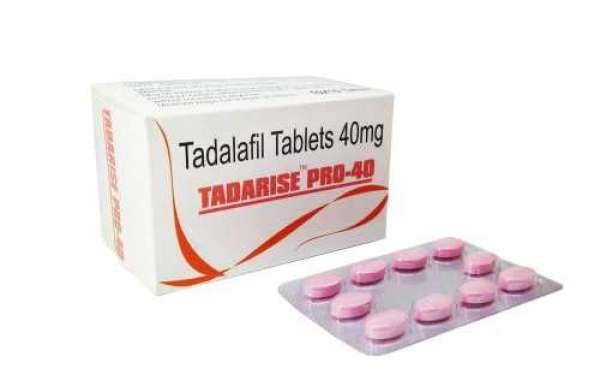WHY IS A CYLINDER THE BEST STORAGE VESSEL FOR GASES AT HIGH PRESSURE?
Most people don’t realize how ubiquitous and indispensable aluminum has become in their daily lives. When someone mentions the word aluminum they might think of foil or beverage cans, but nearly every industry has been transformed by the tremendous diversity and many benefits of aluminum alloys. This includes the proliferation of high-pressure gas cylinders. Gas storage is a necessary component in many different industries. The ability to store and access all kinds of different gases ranging from the most toxic to oxygen (even ordinary air) used to be extremely difficult and expensive. Thanks to the development of aluminum alloys there are now plenty of easy and cost-effective solutions. You’ve almost certainly seen a gas storage cylinder before. These pressure vessels are capable of holding gases at much higher pressures than ordinary atmospheric standards. Also known as tanks or bottles, the cylinders are the ideal shape to hold high pressure gases, which can be quite dangerous if not handled correctly. If a cylinder is damaged it can suddenly be transformed into an uncontrolled rocket or pinwheel, causing plenty of damage and injuring anyone who gets in the way. Because the gas is stored inside at such a high pressure, if a valve or seal breaks unexpectedly the gas can be released at a very high velocity. The cylinder shape creates rounded edges that are better able to handle the pressure caused from the gases within. Rounded materials are able to withstand more force in tension, while non-rounded edges would not be able to stand so much pressure without bursting. A perfect sphere would be the best receptacle for storing gases, but cylinders are much easier to transport and stack. Another safety feature of the cylinders are the valves, which have been designed to break with an opening of about 0.75 cm, thereby limiting the rate of gas release. This can help avoid large cylinders from becoming airborne, though this is still a risk with smaller, lighter cylinders. Other less common scenarios include gases that liquefy under high pressure and lowered temperatures, including liquid nitrogen, liquid hydrogen, and liquid oxygen. Known as cryogenic gases, they must be stored in cylinders that have been equipped with a bleed device to prevent overpressure from rupturing the container.
Advantages And Disadvantages Of Ball Valves
Ball Valve plays a vital role in daily life as they are used day to day basis, say it from bicycles or automobiles, jet airplanes or any industry. There are different sizes and shapes of valves and each has various dimensions, functions and applications to it. The industry has numerous use of the Ball valves and in order to ensure that these valves remains functional during the operation, it is safe to maintain it before it gets corroded away. Regular cleaning and lubrication to ensure the smooth functionality is key to their life span. These valves are categorized into five general bodies which includes three piece bodies, two piece bodies ,single body top entry, a split body and welded. The following qualities make them an excellent choice for controlling various applications and sometimes they are preferred over any other valves which has less control in the throttling applications. Here are some pros and cons of it:
pros:








